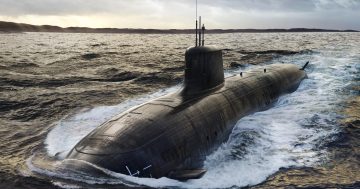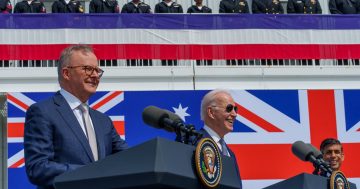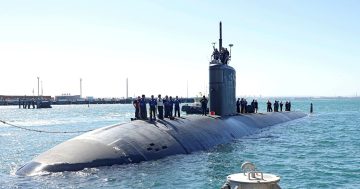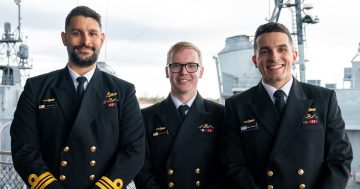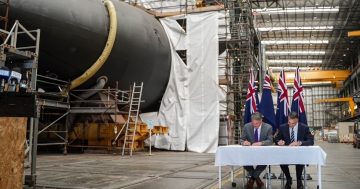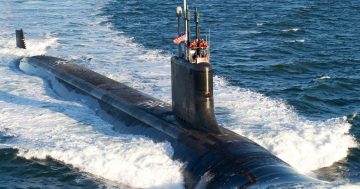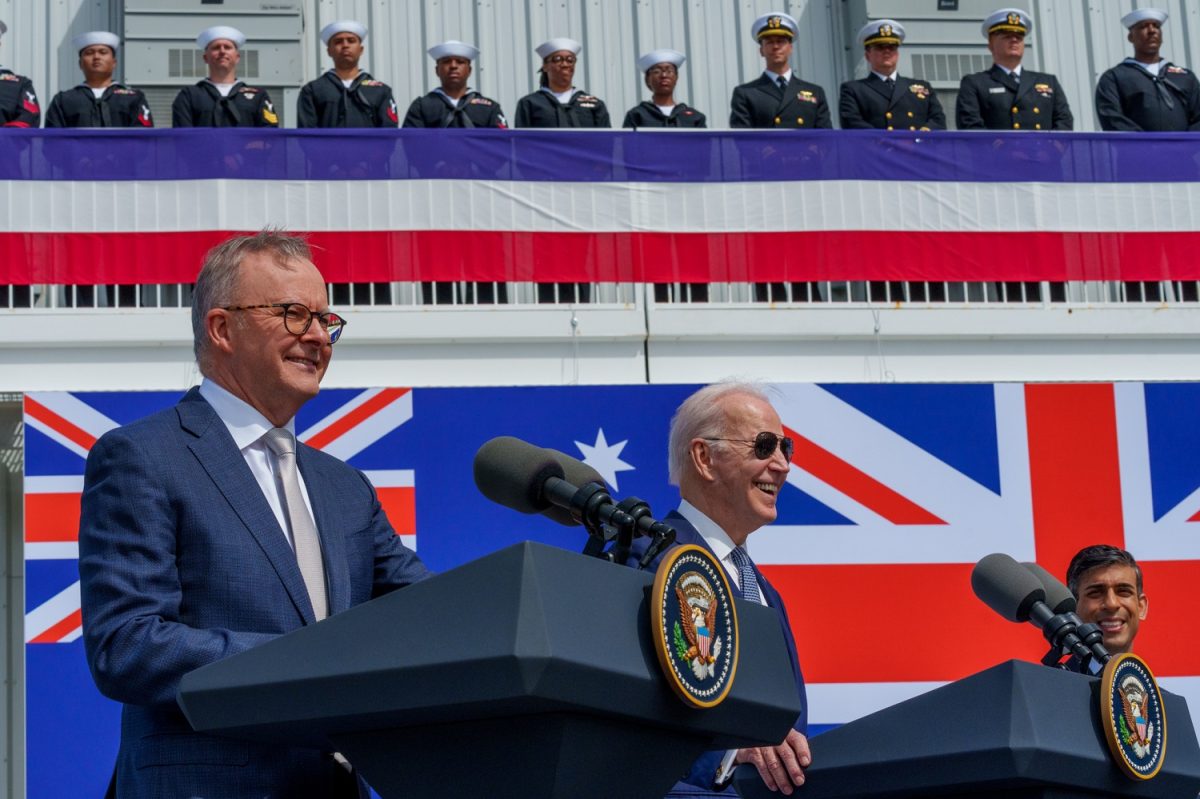
Prime Minister Anthony Albanese, US President Joe Biden and British PM Rishi Sunak announce the AUKUS submarine arrangement in San Diego on Monday afternoon. Photo: PMO social media.
Now that the dust is slowly settling on last week’s momentous announcement on how and when Australia will acquire nuclear-powered submarines, we’ve tried to answer some of the more frequently asked questions about the plan.
What is the time frame for Australia to take delivery of its nuclear-powered submarines?
The first of three Virginia-class submarines is scheduled to be delivered in 2032, and two more will follow, each at two-to-three-year intervals.
The first jointly developed SSN-AUKUS boat is scheduled to be delivered to the UK’s Royal Navy in the “late 2030s”, and Australia’s first of eight SSN-AUKUS boats will follow in the “early 2040s”, and be delivered at two-to-three-year intervals out to the late 2050s.
Australia has the option to buy two additional Virginias from the US in case the following SSN-AUKUS design development program experiences delays.
What will the projected $368 billion cost of the project be spent on?
Apart from the cost of the 11-13 submarines themselves, billions of dollars will be spent on upgrading Fleet Base West, near Fremantle, to host US, UK and Australian nuclear submarines, on building a new east coast base and on upgrading the shipyard facilities at Osborne in Adelaide.
The budget will also cover an investment into US shipyards to enable an increase in submarine production to accommodate Australia’s Virginia subs, for the training in the US and UK of an Australian manufacturing and sustainment workforce, technology transfers, and a lifetime of sustainment for the fleet.
What about reports that the submarines will be obsolete by the time they enter service?
The Virginia-class submarine is arguably the most capable attack submarine in production in the world today, and the US plans to manufacture a minimum of two a year for at least the next decade.
Modern submarines are built as modular units, and the combat system and most other systems are open architecture. This means they can be constantly improved with ”plug-ins” of new software, hardware, weapons, sensors and communications, and environmental and other upgrades, without the whole system needing to be replaced.
How will the nuclear waste from the submarines’ reactors be disposed of?
The reactors used by the Virginia-class and the planned SSN-AUKUS submarines will never need to be refuelled. But at the end of the submarines’ service lives, the reactors will need to be safely disposed of.
Deputy Prime Minister and Defence Minister Richard Marles has said that Australia will be responsible for safely disposing of and storing the reactors, and that this may be done on current or future defence land – likely in South Australia.
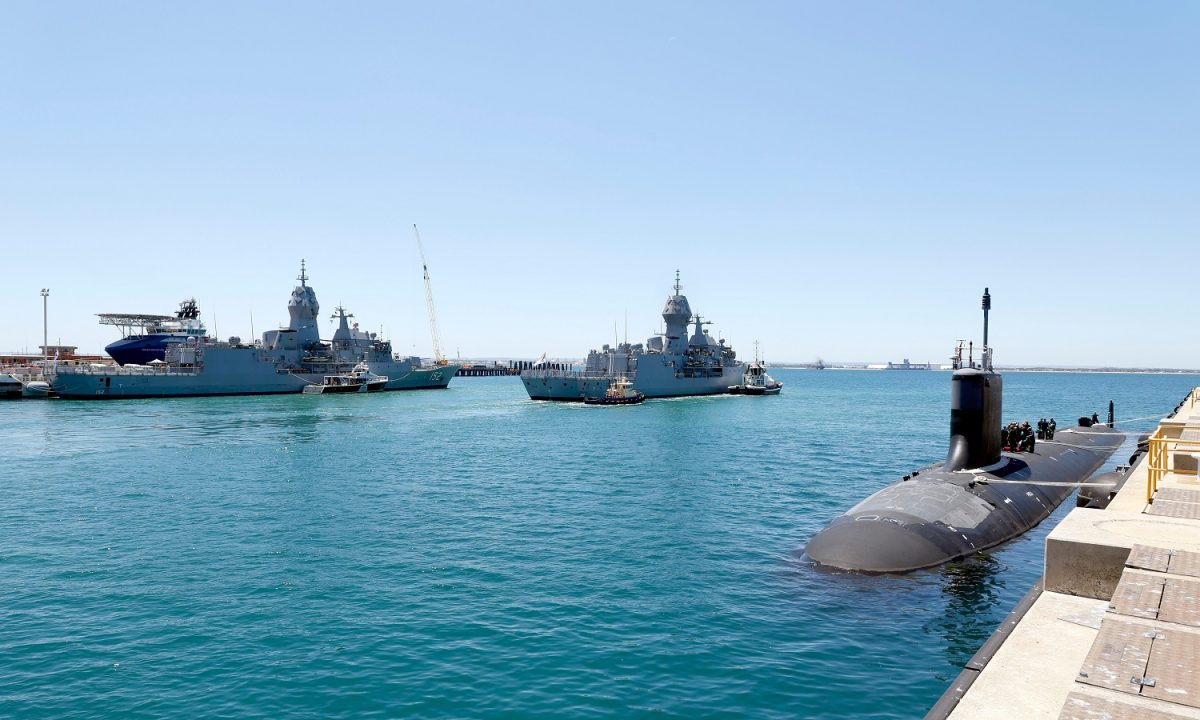
US Navy Virginia-class submarine USS Mississippi at Fleet Base West, HMAS Stirling. Photo: ADF.
Will Australia retain sovereign operational control of the submarines?
Australia’s first nuclear-powered submarines will be crewed by Australian submariners, but may also include a few US or UK nuclear engineers on board to provide engineering support until the Royal Australian Navy builds up its workforce and experience.
Australian submarines will have Australian commanding officers and executive officers, and will report to and take orders from the Australian Defence Force’s chain of command.
It is unlikely that Australian submarines will operate alone in any operational scenarios, and will instead be part of a coalition of sub-surface and surface vessels from the US, UK and possibly other nations such as Japan and South Korea. Coalition taskforces that include Australian submarines or other capabilities may be under the command of a US or British officer, but the rules of engagement for that taskforce would have to have been previously agreed to by the Australian Government.
What threat is Australia responding to in buying nuclear-powered submarines?
Former prime minister Paul Keating correctly stated on 15 March that China had neither implied nor directly threatened Australia.
But China has become increasingly assertive in the region in the past two decades, and is currently close to having the largest and, arguably, most modern navy in the world. It has similarly built up its air, ground, missile, cyber and space capabilities during this time, built large island bases on what were coral reefs in the South China Sea, clashed with Japanese air and naval forces over disputed islands, and directly threatened to take Taiwan by force if necessary.
Speaking to ABC AM on 15 March, Mr Marles said: “This is about contributing to stability, to balance and ultimately to peace in the region. We are witnessing the biggest conventional military build-up that has occurred since the end of the Second World War – Australia is not doing that.”
Does the acquisition of nuclear-powered submarines make Australia a nuclear power?
Australia will be the seventh nation to operate nuclear-powered vessels, after the US, UK, Russia, China, France and India.
While it can be argued that the use of Highly Enriched Uranium (HEU) in reactors of US and UK origin means Australia is technically in possession of weapons-grade uranium, the Government has assured us that our submarines’ reactors will be delivered “welded shut”, meaning the HEU inside them will not be accessible.
Australia is also a signatory to the Nuclear Non-Proliferation Treaty (NPT), and as such, has neither constitutional ability nor desire to procure nuclear weapons.
How have Australia’s neighbours responded to the decision to buy nuclear-powered submarines?
Speaking to Channel Nine’s Today show on 15 March, Mr Marles said: “The entirety of the Pacific, the entirety of ASEAN, our Five Eyes partners and other countries around the world. We didn’t want there to be any surprises. We wanted countries to understand what we were doing. But just as importantly, we wanted countries to understand why we are doing this.”
Regarding China, Mr Marles told Seven’s Sunrise program that same morning, “We did offer a briefing. As of now, my understanding is that it hasn’t been accepted.”
On 14 March, the Chinese Communist Party accused the AUKUS partnership of embarking on a “path of error and danger” after the announcement, despite its own plans to grow its own fleet of modern nuclear-powered submarines to more than 20 by the end of this decade.
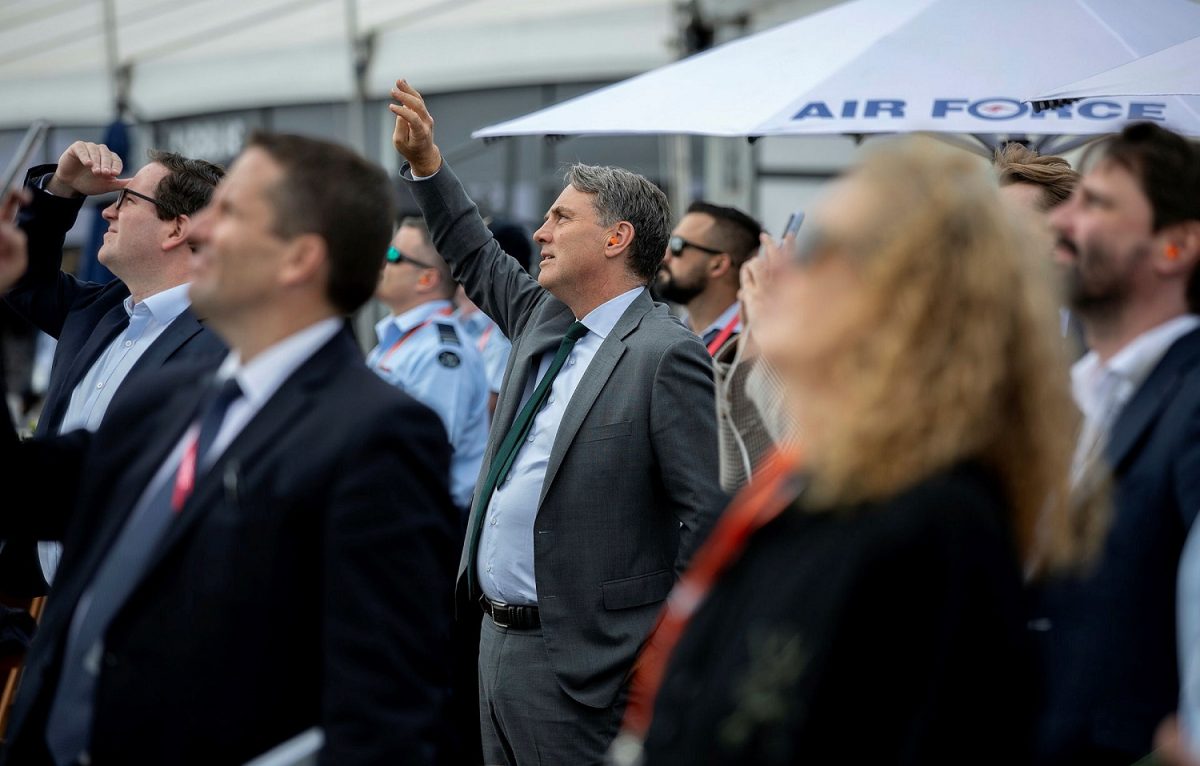
Defence Minister Richard Marles did the rounds of Australia’s morning TV and radio shows the day after to answer questions about the AUKUS announcement. Photo: ADF.












